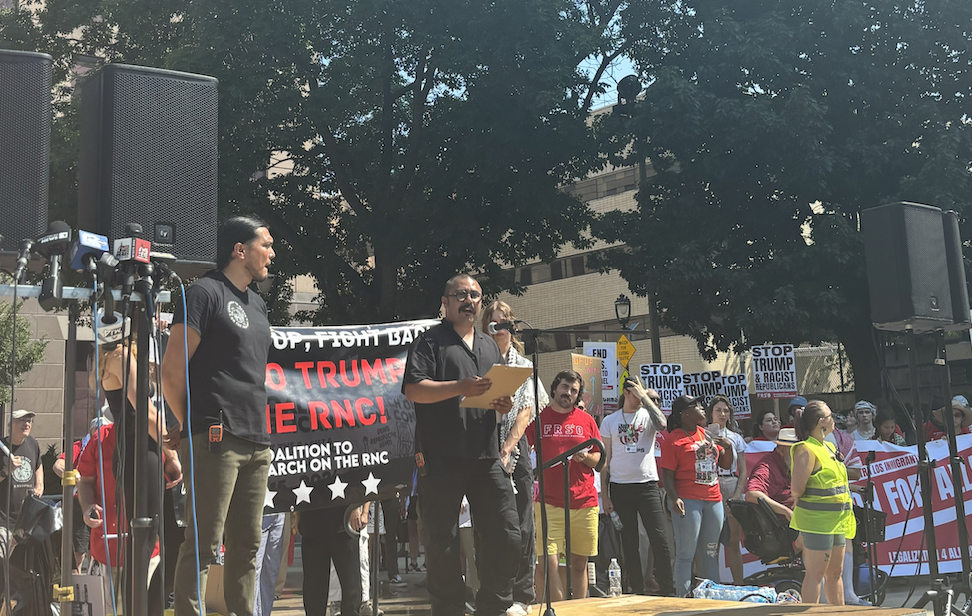Data from a new study revealed Wisconsin is the worst state in the nation for racial disparity between white and black people, which researchers hope may help raise awareness the extent of inequality in the state.
According to a study released this year from COWS, formerly known as the Center on Wisconsin Strategy, Wisconsin ranks in the bottom two states in an assessment of educational disparity and disparity of incarceration rates.
While UW student government diversifies, some say efforts fall short
Laura Dresser, associate director of COWS, said the school system reflects an underlying inequality between black and white students. Compared to their white counterparts, many black children are unable to start with the same advantages due to high levels of economic inequality.
The disparity continues and grows, Dresser said, as children progress in schools, referencing Wisconsin’s last-place rating for disparity in eighth-grade proficiency on a state assessment and overall graduation rate.
“The same system that’s working really well for white kids is not working at all well for black kids,” Dresser said. “I think a lot of schools are really grappling with that, Madison schools especially.”
Slow but steady: A look at community efforts since Race to Equity report
The graduation rate for black students in Wisconsin was 64.1 percent compared to 92.9 percent for white students, according to the study. Overall, the percentage of the black population with a high school degree or higher is 81.6 percent, while the percentage of the white population with a high school degree or higher is 92.8 percent.
A decreased sense of belonging among black students attributes to this disparity, Markus Brauer, a psychology professor at the University of Wisconsin, said. He said prejudice and discrimination factor into a lower sense of belonging. This ultimately leads to black and minority students feeling they are being treated unfairly, Brauer said, and they are less likely to identify with their school.
Brauer said one factor that influences this sense of belonging is the how black students are more likely to receive disciplinary action than white students. Black students are also more likely to receive more severe disciplinary action. All of this is part of the overall equation attributing to the disparity, he said.
“They see that they are a numerical minority,” Brauer said. “They don’t feel the school is made for people like them.”
Business school leader focuses on on diversity, says there’s work to be done
Wisconsin ranks as the second-worst state for incarceration disparity, according to the study. The ratio of black to white people incarcerated, according to the study, is 11.5, which trails closely behind New Jersey’s ratio of 12.2.
Latest Dane County work group to address racial disparities in jail diversion programs
Dresser said people in Wisconsin need to think about this issue and address why things tend to work so well for white people, but not so well for black people. Changing detention policies, sentencing policies and the juvenile justice system, she added, are some items people need to think about when addressing this issue.
UW students can help improve these disparities by putting their minds to why they exist and what policies might help, especially at a local level, Dresser said.
Getting involved with groups like Race to Equity and the Young, Gifted and Black Coalition are ways students can step into policy implementation locally, she said.
Creating more inclusive climates on campuses may also help address this problem, Brauer said. Empirical evidence shows inclusive climates lower the dropout rate for underrepresented groups because it increases sense of belonging, achievement and motivation.
Overall, this kind of climate creates success, Bauer said.
“I think like any complex social phenomenon there are many, many different causes that contribute to such a disparity,” Brauer said.
Vidushi Saxena contributed to the reporting of this article.


















